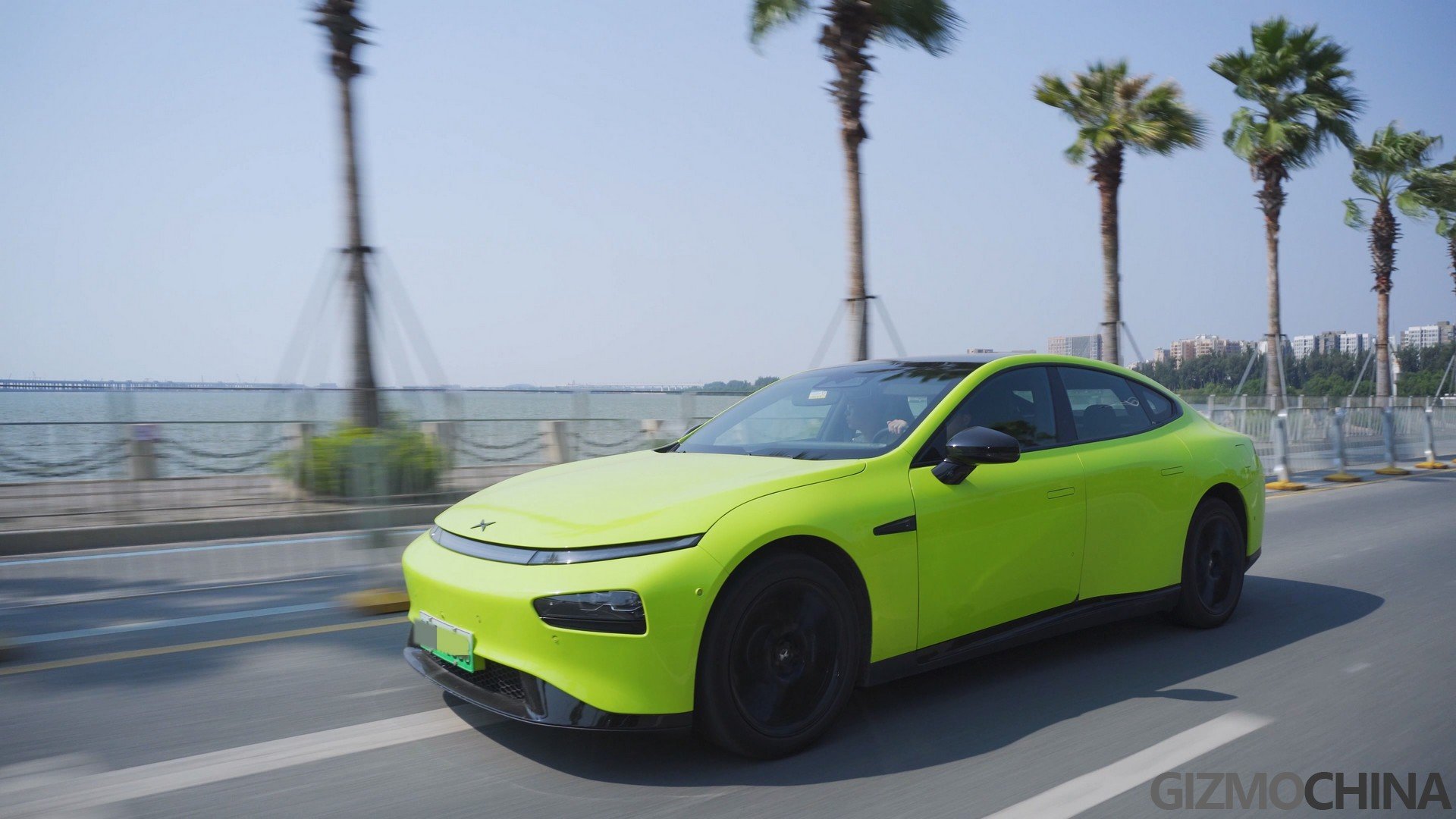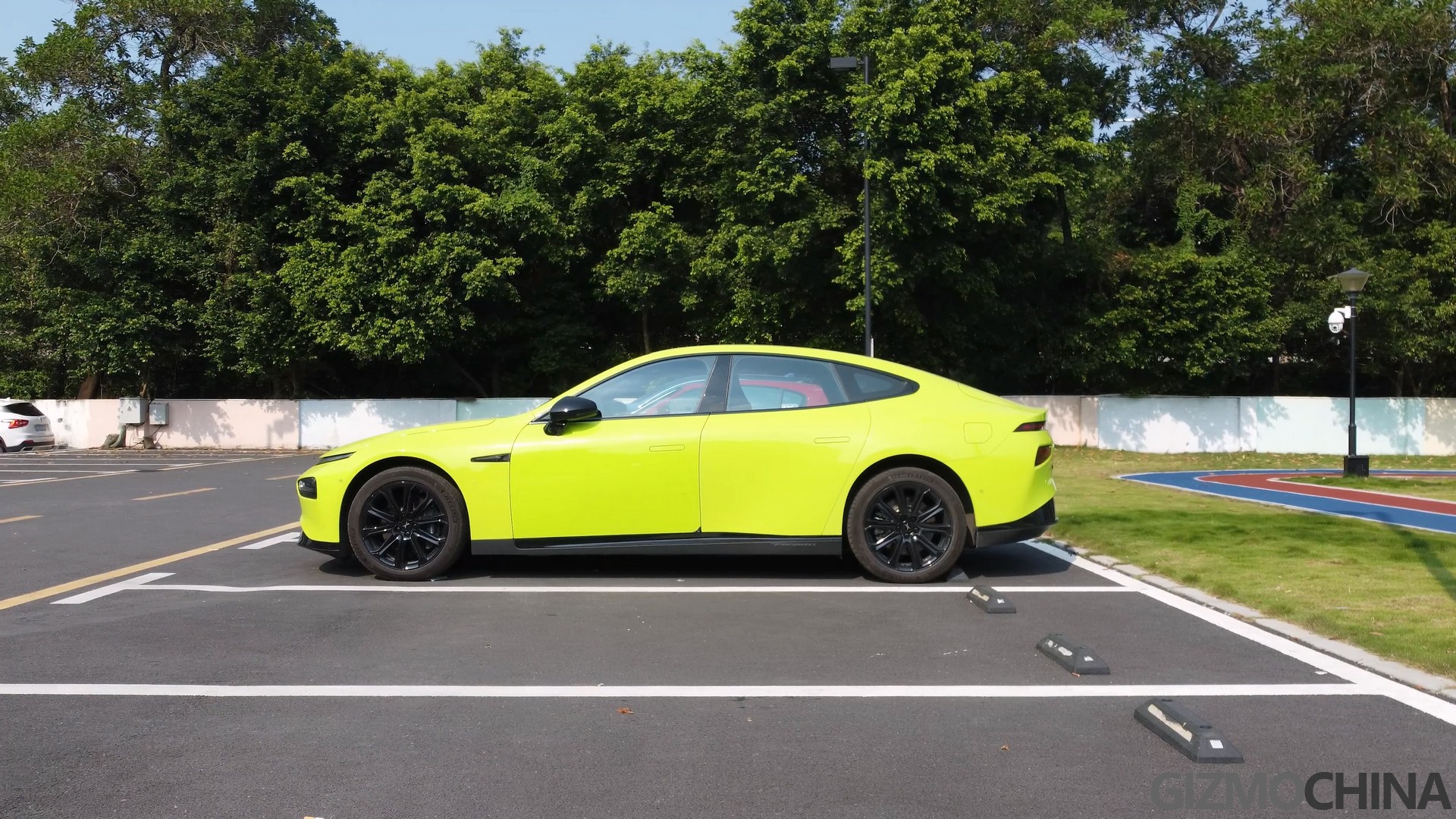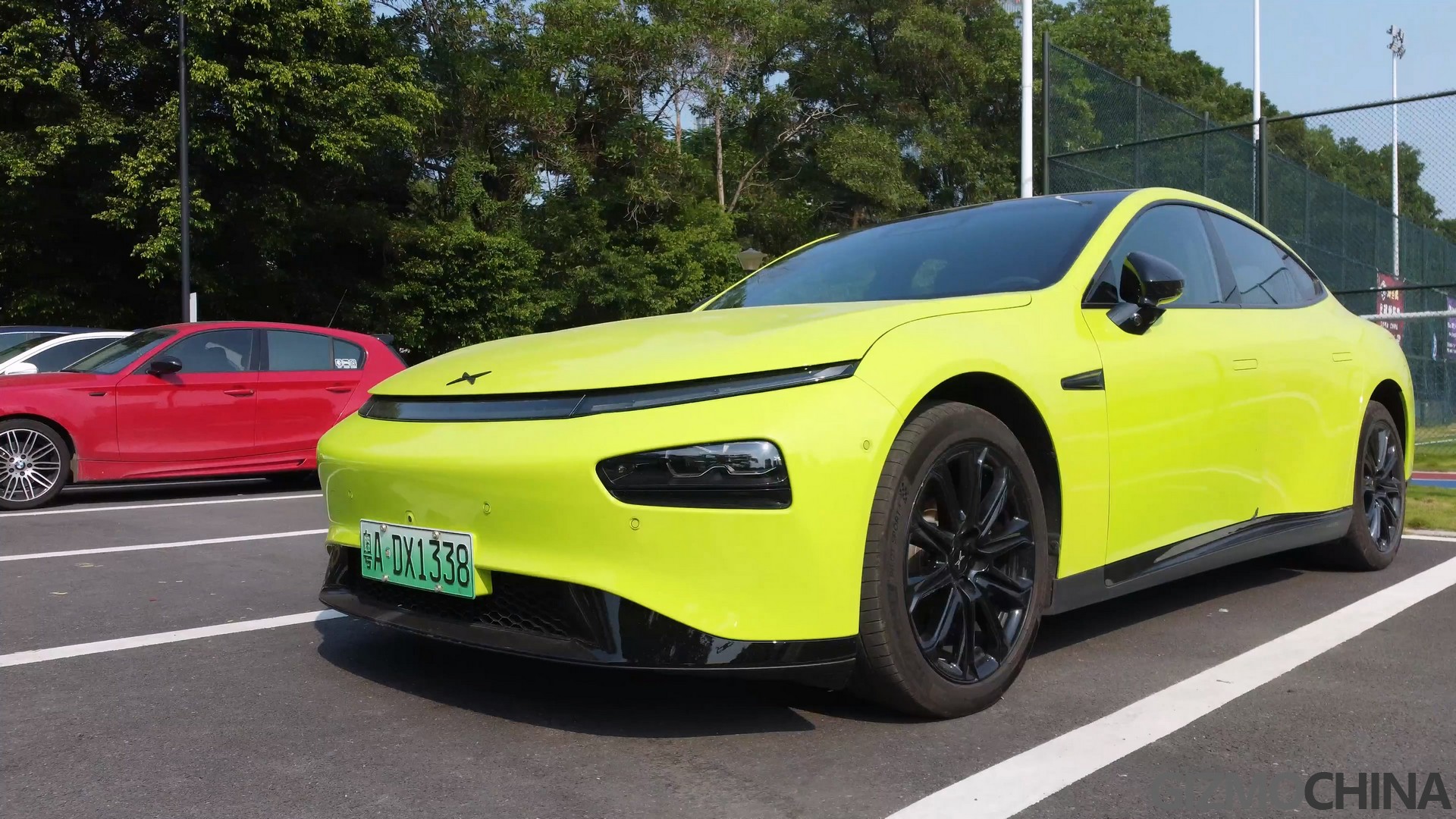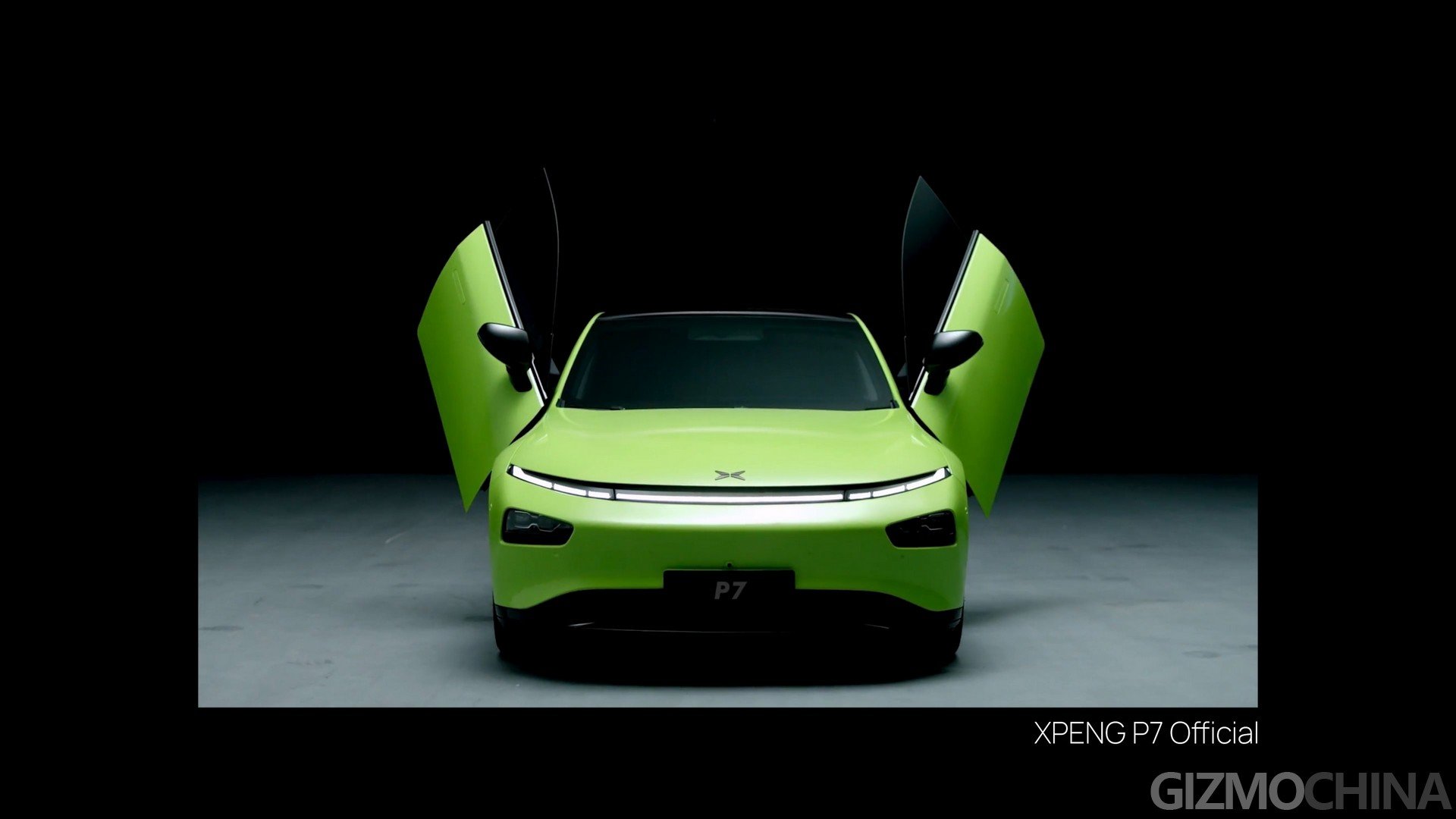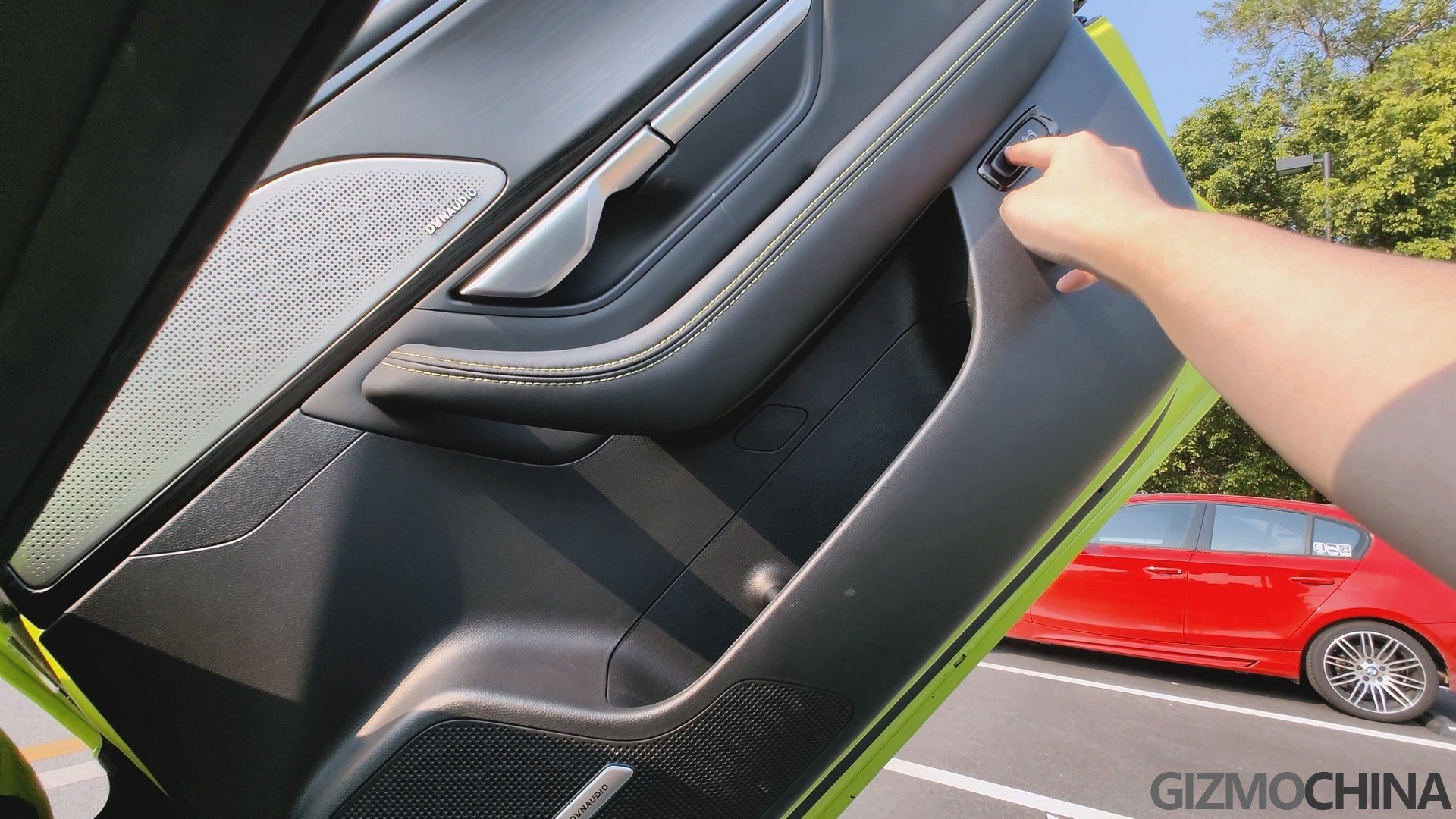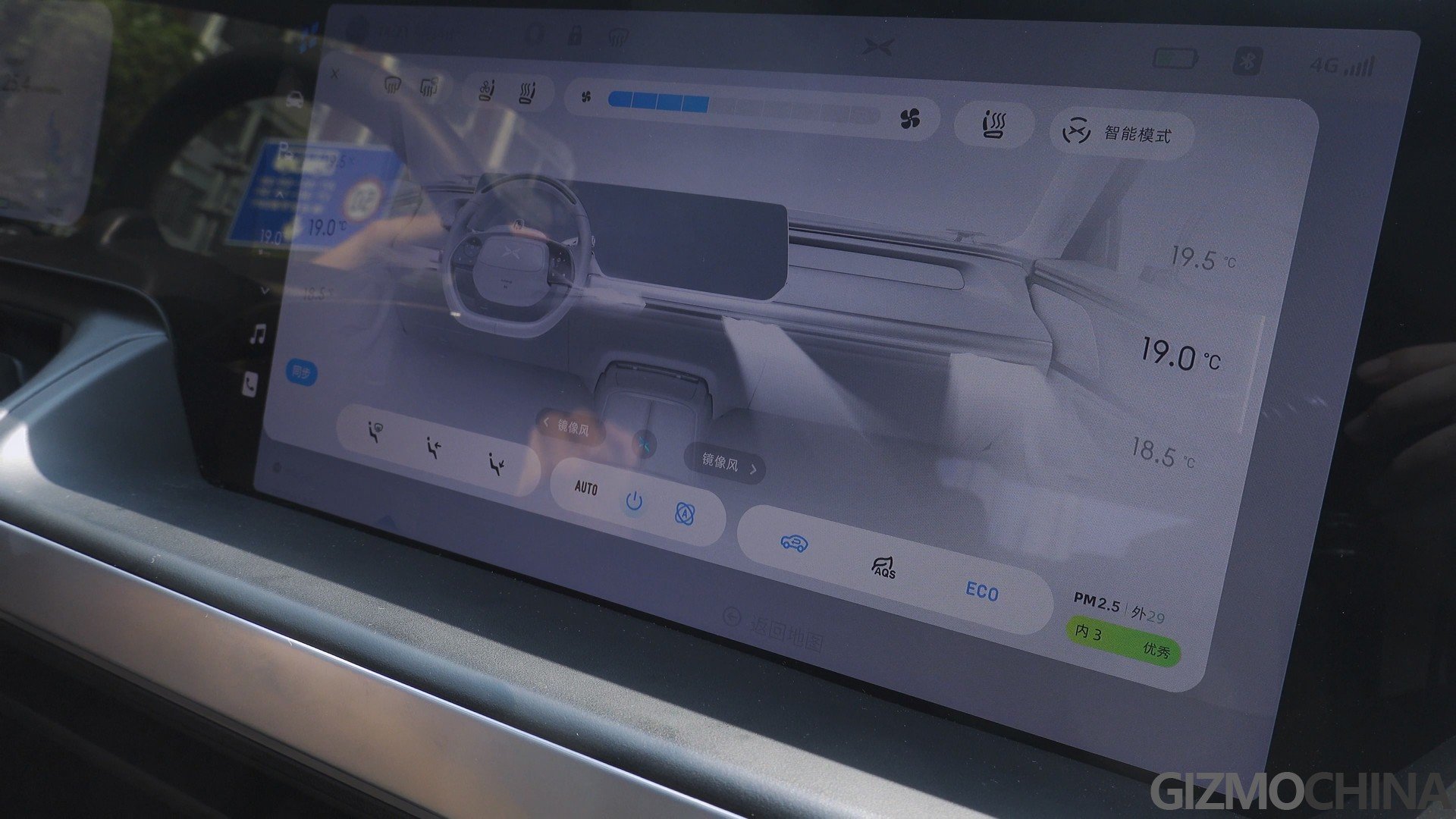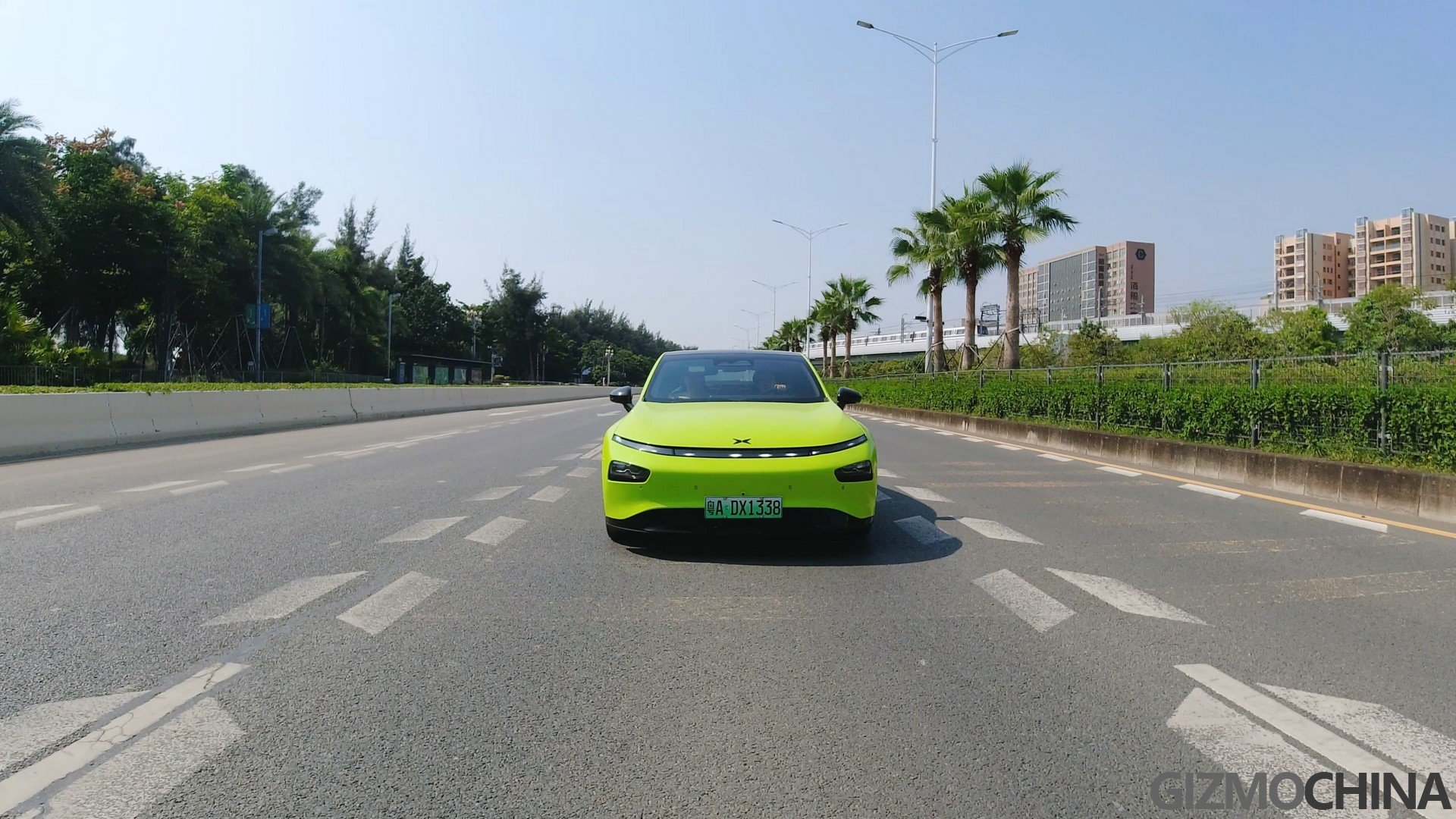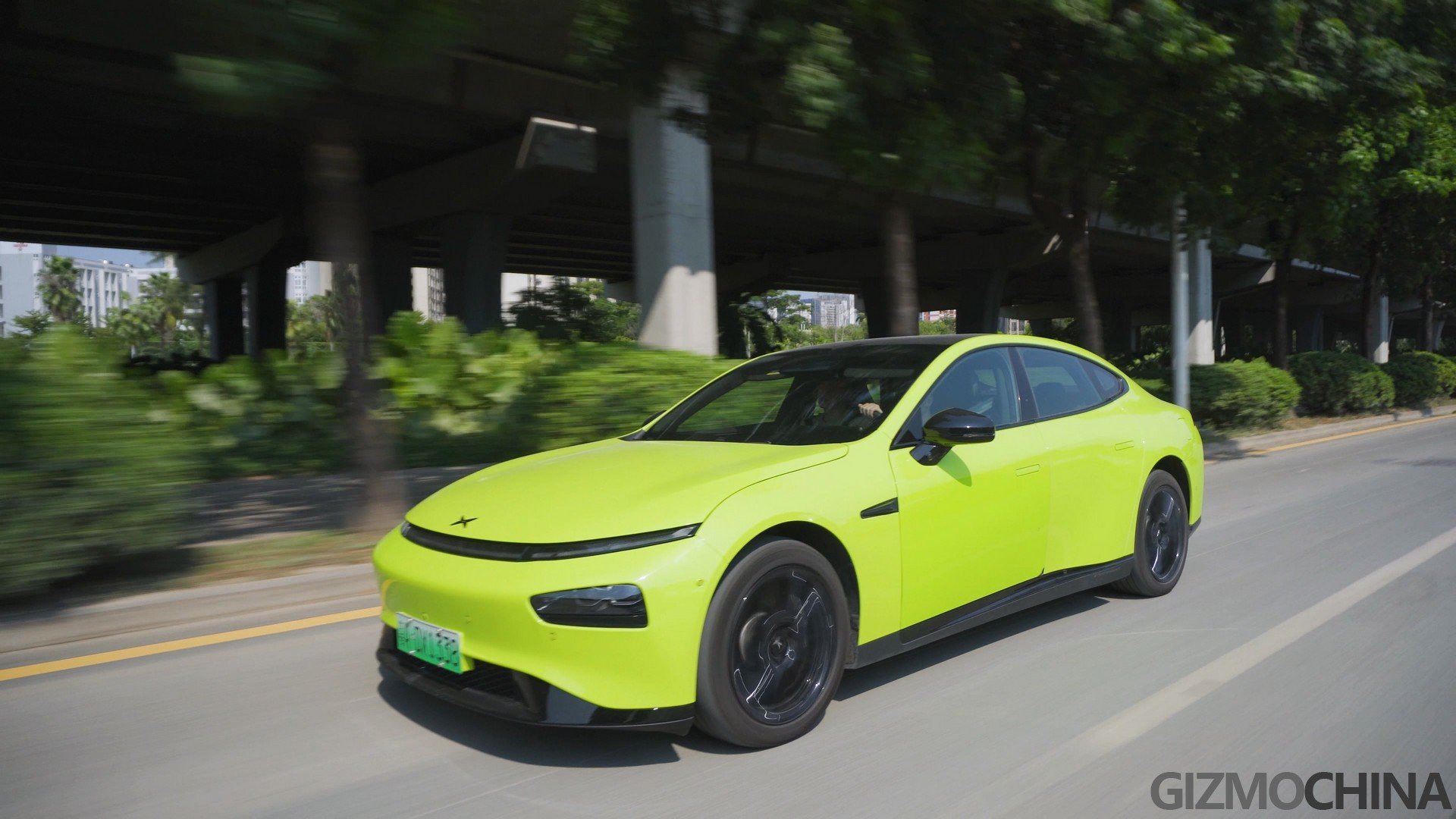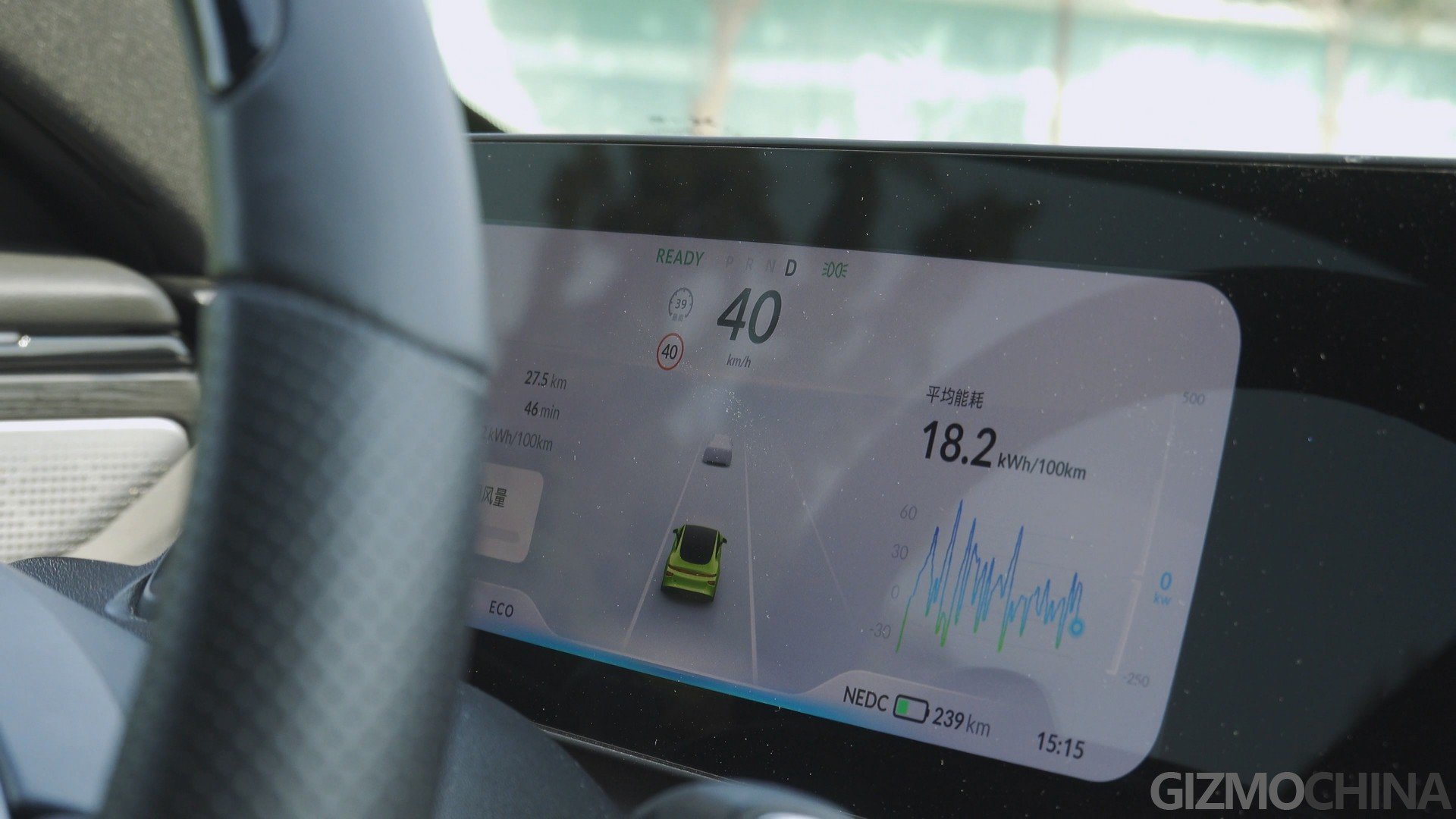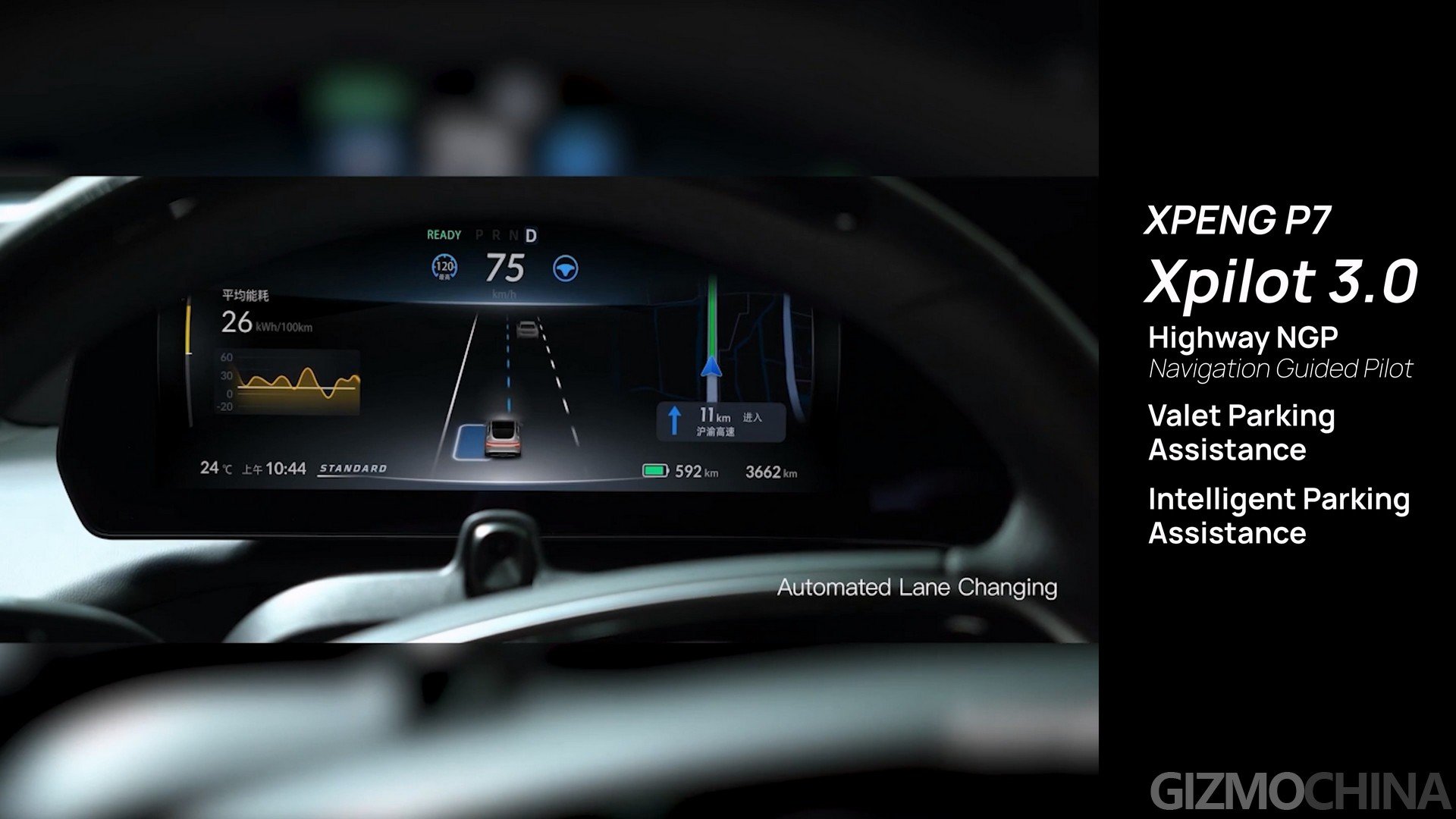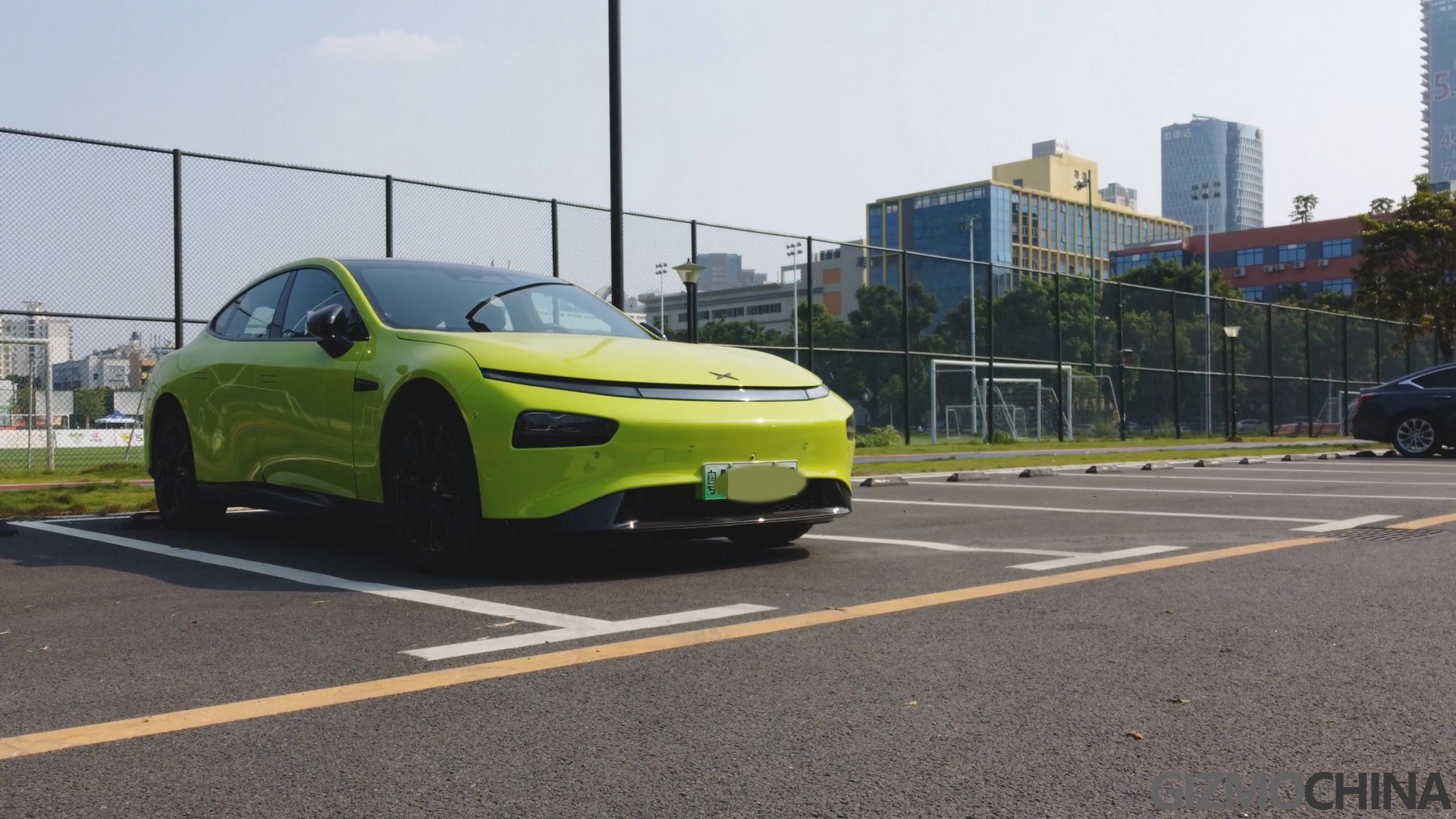XPENG EV
China’s electric-vehicle industry is so crazy. It reminds us of the smartphone industry 10 years ago, and they are on the rise. XPeng, as one of the most compelling electric-vehicle brands in China, has been considered a strong challenger to Tesla’s dominance. And finally, the brand is widely believed to be launching its latest Flagship SUV with all its new technologies in the US, the XPeng G9. But until then, we want to show you another star model on sale manufactured by the brand, which is right behind me, the XPeng P7 Wing Limited Edition.
Maybe after watching the video, you will understand why it’s one of the lucky winners of the brutal market. And perhaps you will also be looking forward to the release of the G9.
XPENG P7 Wing Profile
The XPeng P7 debuted as a semi-concept car at the Auto Shanghai show in April 2019, and the production version has achieved notable sales and good reviews for over 2 years. Last year XPeng brought the Wing limited edition. Compared to the production version, the Fluorescent P7 maintains the sleek Italianate flair in its design.
The low front face creates a nice sporty impression, and the curved light strip across the front makes me classify it more firmly as a sizable but minimalistic sport sedan. It has a dark-glass roof, frameless windows, retracting door handles, and exterior-mounted surround vision cameras, which does remind us of the Tesla Model 3.
The size of the P7 is pretty close to the BMW 5 series. If have to compare it with Tesla’s products, I prefer to believe that its size and design are in the same class as the Model S. it’s 7 inches longer than the Model 3, with 5 inches of extra wheelbase. As for the Wing edition we experienced, what really makes it different is the classic coupe profile in the special color and the X-wing doors. It will definitely draw some attention.
Interior
In tune with the minimalist body, the internal design looks comfortable and clean. Most of the details are just right and not confusing. For example, you won’t see those bulky grille air vents found in traditional sedans anymore. They are just hidden below your eye line.
Although it features a panoramic glass roof similar to Tesla’s models, it filters UV rays well, allowing passengers to enjoy the hot-summer sunlight comfortably. And it’s great that most rear passengers can get comfortable head space and enough room for leg comfort.
Test Drive
XPeng describes the P7 as a stylish, luxurious all-electric sedan, emphasizing comfort rather than sportiness. But it still provides three driving modes, including Eco mode, standard mode, and sport mode, which can also be switched by voice commands. The sport mode keeps the car with enough torque, starting and stopping with quicker responses. You can feel the stiffer suspension and stronger support with higher electric power sensitivity. But meanwhile, it would correspondingly increase power consumption.
During these few days, I prefer to drive under the Eco mode, as it offers a driving experience close to that of a fuel car, with softer braking and acceleration. More importantly, it can effectively extend the driving range.
Driving experience
It may not be the sportiest sedan with fantastic performance, but the P7 is one of the most impressive E-cars we’ve ever driven. It still offers what we expected from an electric car, such as the silent but punchy acceleration under the sport mode, but what really makes it stand out is how comfortable and stress-free for both driver and passengers.
The noise levels are impressively low; the suspension is refined and stable to support the inner cabin from harsh body motions; the steering is accurate and light-weighted; you don’t need to worry about the regenerative discomfort when you make the switch from a conventional car to it, as there’re two regen modes for options, including High and Low. Both of them have pretty smooth transitions to mechanical braking. Especially under low regen mode, you don’t even have to take time to get used to its slowing effect.
Range
The quoted NEDC range of the P7 was about 349 miles. But you might already know that the number coming from the NEDC is not realistic at all. The actual range for our urban driving is about 20%-30% lower since we had a lot of in-car entertaining and air conditioning all the time, and were inevitably trapped in traffic jams several times.
Car software
The P7’s intelligence is powered by the Xmart OS, which has been upgraded with successive versions via OTA updates. It’s also one of the most desirable in-car operating systems.
On the P7, the latest software offers the XPeng’s autonomous driving assistance, the XPilot 3.0, which works like the Autopilot from Tesla. It includes the Highway Navigation Guided Pilot (NGP) for a stress-free highway drive, the Valet Parking Assist (VPA) and the Intelligent Parking Assist (IPA) for an effortless parking experience. You can even access it without any driving operation and just activate it via a click on the car key, or just through the phone or voice commands. The car will find its own way to the parking space for you.
As a new E-car equipped with the latest technology, there’re a few features that ensure security, including Adaptive Cruise control, Lane Keep Assist, Forward Collision Warning, and Autonomous Emergency Braking.
Both at low speeds in town and when speeding on the highway, the ride is good and stress-free.
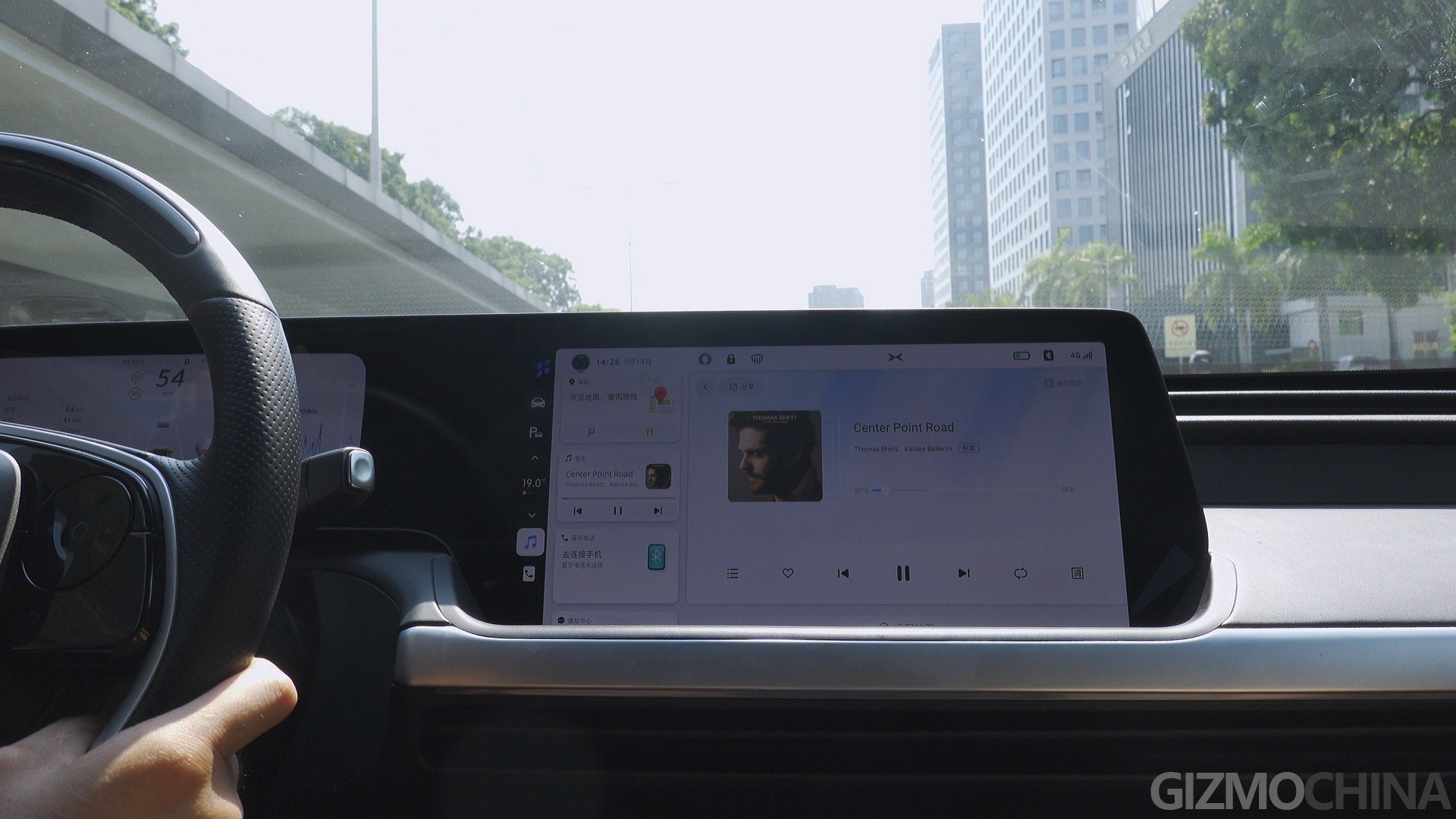 It also surprises us with its in-car entertaining system. You can play music or watch video streaming with the powerful Dynaudio speakers. When parked, the built-in games can be played by using the steering wheel. There’s a wireless charging station for your phone, which is securely positioned so you don’t have to worry about it interfering with your driving.
It also surprises us with its in-car entertaining system. You can play music or watch video streaming with the powerful Dynaudio speakers. When parked, the built-in games can be played by using the steering wheel. There’s a wireless charging station for your phone, which is securely positioned so you don’t have to worry about it interfering with your driving.
Conclusion
The Wing edition of the P7 is pretty impressive, and of course, I think it proves it deserves to run on any road in the world. During these few days, the good-looking external design and spacious internal arrangement reminded us in many moments of some better-known electric rivals in higher price segments.
Another straight feeling I got from it was that, unlike a hardware-driven conventional vehicle, it showed the possibilities of a new type of software-driven electric car, inspiring a more reliable driving experience, better performance, or intelligent function like auto-driving capacities in the future. Our only hope is that they will continue to develop and not stagnate like some smartphone manufacturers. After all, the EV brands have a longer way to go.

